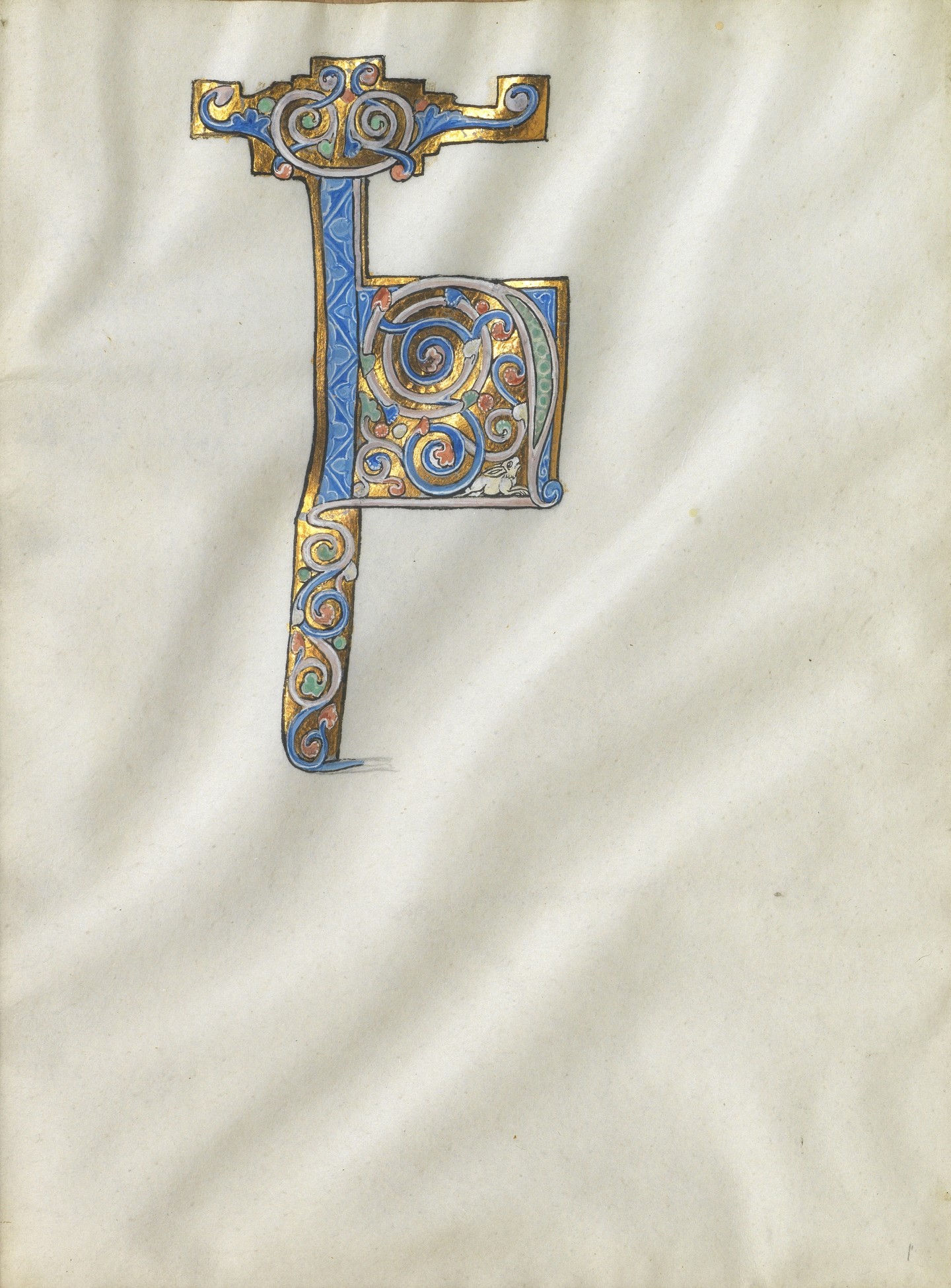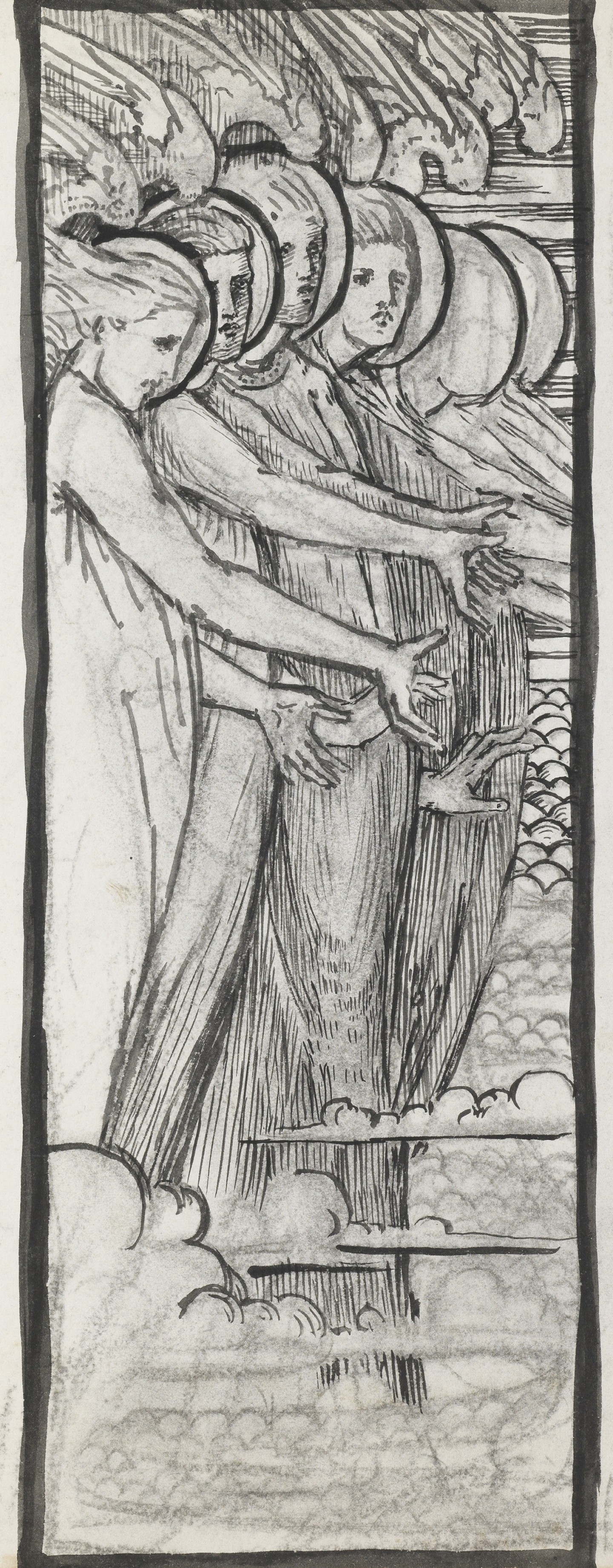DESCRIPTION
This is an early study of the Traquairs’ only daughter. Like her mother, Hilda became a skilled needlewoman. She married George Napier (1886-1953), emigrating with him to Canada in 1909. They had two children, Margaret and John. Phoebe Anna Traquair made a number of pencil sketches of her children during the 1880s and 1890s with a number used for figure studies in her mural schemes. In 1898 Hilda would be represented – along with her father Ramsay – in her mother’s second children’s hospital chapel at Rillbank, south Edinburgh.
The early 1880s, however, predated Traquair’s involvement in the social art of mural decoration. At this point her art was primarily focused on the design and making of practical domestic embroideries or recording landscapes while on family holidays in the Scottish Borders or on Speyside. The landscape background of this study instead reflects her interest in both formal gardens and especially the beautiful background landscapes often to be found in early Italian Renaissance paintings. It is also a beautiful image of the innocence of childhood. It is possibly influenced by her reading of William Blake’s Songs of Innocence and Experience (copies of which she gave to family and friends) in the clarity and sweet simplicity of this affectionate little portrait.
DETAILS
-
Artist
Phoebe Anna Traquair
-
Date
1884
-
Medium
Watercolour on paper
-
Object number
3263
-
Dimensions unframed
8.5 × 6.8 cm
-
Dimensions framed
14.5 × 12.5 × 3.5 cm
-
Marks
signed and inscribed 'Hilda Traquair/age 5/1884/by Phoebe A Traquair' (verso)
-
Subject
ARTIST PROFILE
Phoebe Anna Traquair HRSA, 1852 - 1936
From the 1880s to the 1920s Phoebe Anna Traquair was known as one of Scotland’s leading muralists and craft artists. The daughter of a Dublin doctor, she had been born and educated in Ireland and settled in Edinburgh with her zoologist husband Dr Ramsay Heatley Traquair (1840-1912). Traquair’s admired Greek sculpture and the romance of Pre-Raphaelite painting, medieval craft as well as modern engineering. Her mentors above all were the great poets and writers of the past and present including Dante, Blake and Rossetti. She struck up friendships with artists including William Holman Hunt and briefly corresponded with John Ruskin in the late 1880s. Ruskin lent her medieval manuscripts to study and copy, and these, together with her reading, inspired a series of glorious illuminations of poetry. Above all she always enjoyed the challenges of mastering traditional crafts from embroidery to leather bookcover tooling and, after 1900, art enamelling on copper and silver. She had a professional studio space within the Dean Studio in Lynedoch Place, Edinburgh, from 1890.







